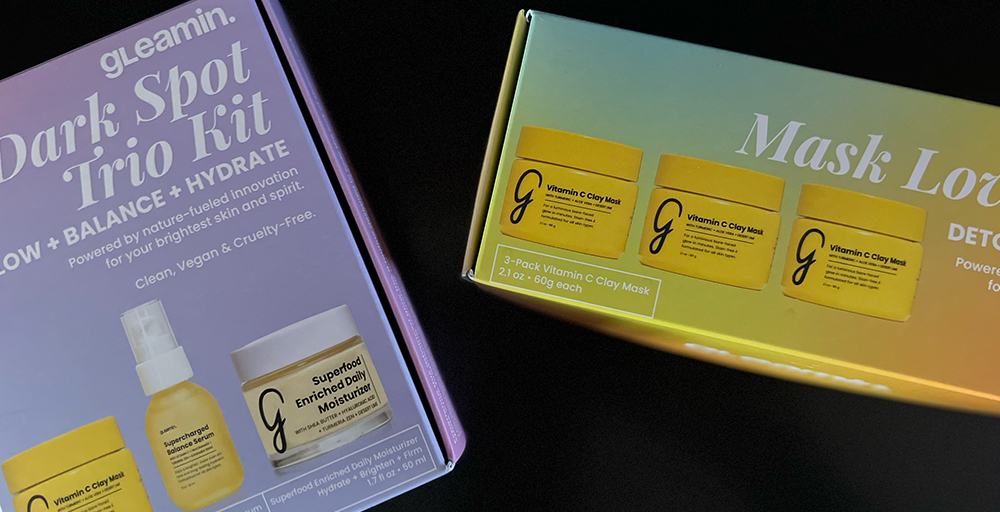
The Importance of Knowing Your Paperboard Substrates
One trip to the grocery store will tell you how diverse, versatile, and essential paperboard packaging is to consumer brands. Almost all consumer products are shipped and sold in folded carton packages that not only protect what’s inside but also connect the consumer to the brand. Packaging is an integral part of the consumer experience, so it’s important to understand the differences in paperboard substrates so you can select the right solution for your needs.
Paperboard is essentially a thick paper that can be printed on, cut, scored, folded, and/or die cut to meet your product’s individual packaging needs. It helps to create your brand’s first impression on the consumer, and the possibilities for creating something unique are endless. While Folding Box Board (FBB) is the most common type of paperboard, there are numerous options of coated paperboard substrates, all with their own distinct characteristics suited for different purposes. Understanding the differences will help you make an informed decision when selecting the right paperboard for your packaging design project.
Folding Box Board (FBB)
FBB is known for its strength and rigidity, which make it an obvious choice for projects requiring durability. It is made from a mix of virgin and recycled fibers making it more environmentally friendly and cost-effective. However, due to its slightly duller and rougher surface, FBB may not be the best option for print quality and visual appeal. It is best suited for food packaging and pharmaceuticals.
Pros: Cost Effective, Sustainable, Structural Integrity.
Cons: Visual Appeal.
Solid Bleached Sulphate (SBS)
SBS is best known for its high opacity and bright white finish, making it a great choice for high-end luxury goods requiring accurate color reproduction and exceptional print quality, such as cosmetics. It is made from 100% bleached virgin fibers, giving it a smooth, glossy surface, and it performs great when printing high-resolution graphics.
Pros: Brilliant Finish, Aesthetically Pleasing, Fade Resistant.
Cons: More Expensive, Doesn’t Score as Cleanly, Not Eco-Friendly.
Coated Recycled Board (CRB)
CRB is best known for being the strongest option thanks to its multi-ply construction that provides versatility and stiffness. It is made from 100% recycled fibers, of which 35% is post-consumer, therefore making it recyclable and the most environmentally friendly option. Its double clay coating makes it a great option for printability. CRB is a great choice for toys, food, and household goods packaging.
Pros: Environmentally Friendly, FDA Compliant, Strongest Substrate.
Cons: Coating makes it less easy to break down and recycle.
Coated Natural Kraft (CNK)
CNK is made of 15% pre-consumer fibers and will produce the strongest folded carton that you can make. It is typically made with a matte clay coating on one side and natural kraft on the other – think 12-pack beverage carriers. CNK offers stability and durability and is moisture and tear-resistant, making it ideal for cold chain food, retail, and pharmaceutical packaging. Its matte finish also offers superior printing capabilities.
Pros: Moisture Resistance, Environmentally Friendly, Superior Print Quality.
Cons: May not be suitable for special processes such as embossing or foil stamping.
With so many options to choose from, you’ll want to be prepared with the right questions to consider in order to find the ideal solution for your project. For example, surprisingly, cake donuts and glazed donuts fall into different categories and may require different types of packaging. Answering some of the questions below will help you determine which substrate you can use for the most efficient packaging so you can properly spec your project with your printer and set expectations.
- What will go inside the packaging?
- What is the weight of the item that will go inside?
- Does the package need oxygen or a moisture barrier?
- Will it contain a liquid or substance such as food?
- If it is food, what is the FDA classification?
- Does it require refrigeration or freezing?
- What is the expected shelf life?
- Are there any regulations that need to be met?
- What type of aesthetic are you looking for?
Now that you have a better understanding of the different types of paperboard, let dcc take your packaging project to the next level.



















